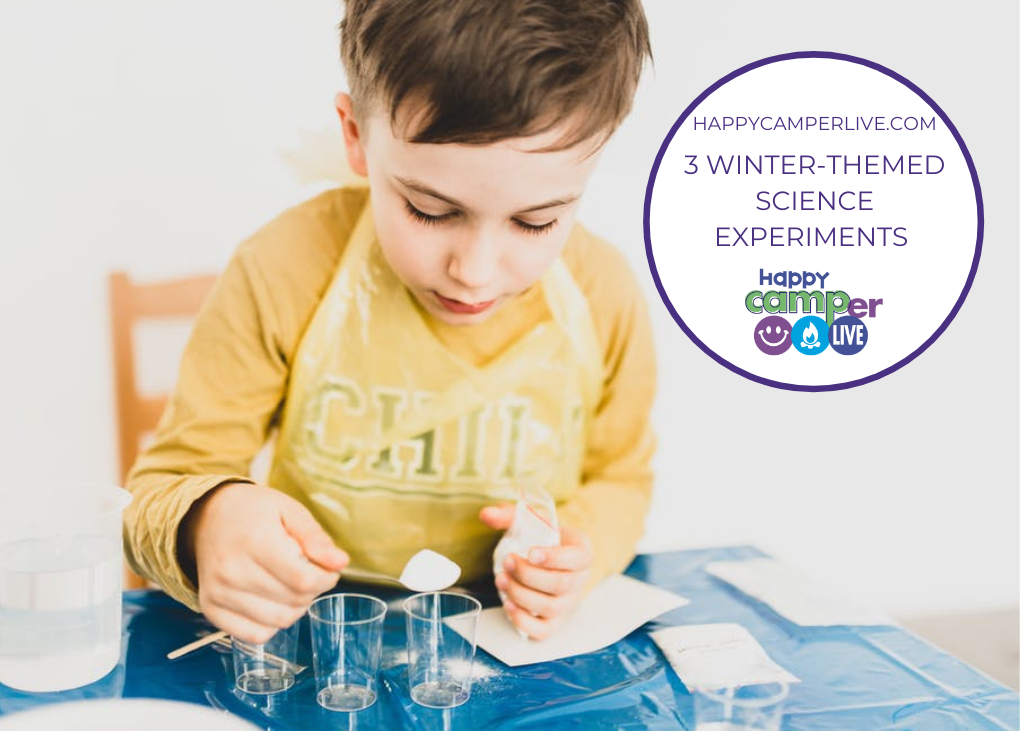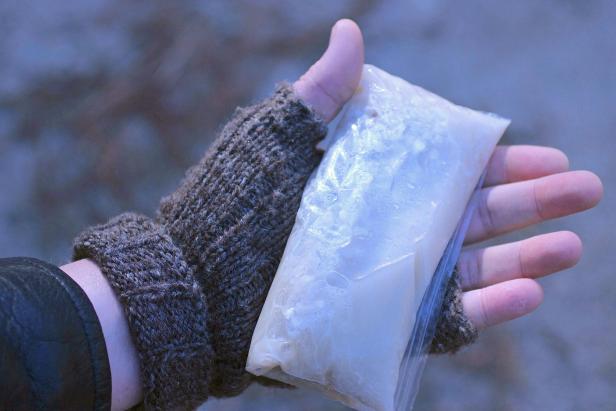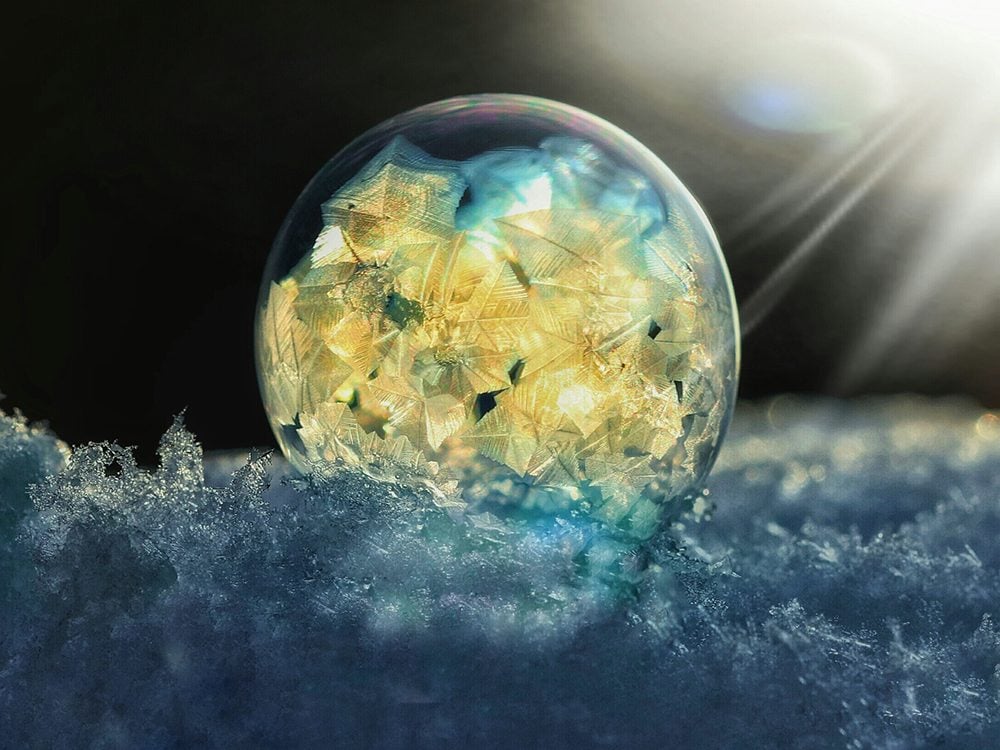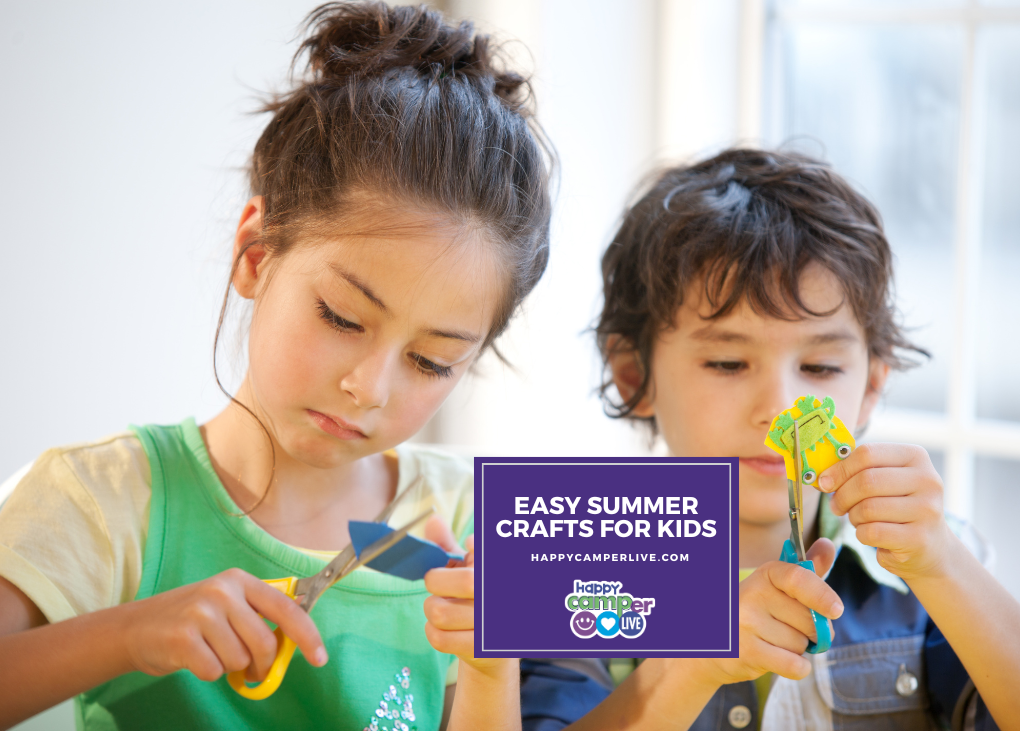
Activities
Science
STEM
3 Winter-Themed Science Experiments
Written By: happycamperAll year long, there’s always a chance to learn more about how the world works, and winter is no exception. Science is all around us – in snowflakes, in ice cubes, and even in your hot chocolate! The winter season provides lots of opportunities to try science experiments, especially ones that involve cold objects and the production of heat.
To start, check out these 3 sensational winter-themed science experiments!
Homemade Hand Warmer
When you’re out in the cold and your gloves aren’t warm enough, make these easy hand warmers in just a few minutes to get your fingers moving again!
The materials: Two Ziploc bags — one small and one large — and ice melting pellets.
The steps: Fill the large bag about halfway with the pellets and fill the small bag with water. Seal the small bag and place it in the large bag, and then seal the large bag. Make sure there isn’t much excess air, otherwise less heat will be produced. Finally, squeeze the large bag so that the small bag pops and the water can combine with the ice pellets. You should feel heat being produced for up to an hour!
The science: The combination of the pellets and water is what produces the heat. Most stores sell ice melting pellets made out of either magnesium chloride (MgCl2), sodium chloride (NaCl), or calcium chloride (CaCl2). When any of these compounds are mixed with water (H2O), an exothermic reaction occurs, which means that one of the byproducts of the reaction is heat.
Frozen Bubbles
Bubble blowing can be taken to a whole other level in the cold. Here’s how to turn regular bubbles into frozen masterpieces!
The materials: Water, dish soap, corn syrup, straws, rubber bands, and a cold, snowy day.
The steps: To make your bubble solution, combine water and corn syrup in a bowl. Then stir in your dish soap. Finally, cool your solution so it won’t steam in the cold weather. While the solution is cooling, you can make a bubble blower by tying straws together with a rubber band. For small bubbles, use only a few straws, but for bigger bubbles, you can use up 20 or 30! Once your bubble solution and blower are finished, take them outside and blow away! Let your bubbles sit on the snow to see turn solid and crystalize into beautiful shapes and patterns.
The science: The bubble solution is a watery, sticky substance. The combination of corn syrup and dish soap decreases the natural surface tension of water and allows the bubbles to stretch, expand, and stick together for longer. Also, when the solution gets cold, the water turns to ice and combined with the glucose (C6H12O6) molecules from the corn syrup, crystals start to form on the surface.
Fizzy Ice
Here’s an experiment you can do even if it isn’t cold outside. Fizzy ice is a winter-themed experiment that young scientists will love no matter what time of year it is!
The materials: Ice cubes, baking soda, vinegar, and a large bowl.
The steps: This experiment is great because it’s so easy yet so satisfying! All you need to do is fill your bowl with ice and shake in some baking soda. With a spoon, mix the ice and baking soda together so that the baking soda covers most of the ice. Then slowly pour in vinegar over the top. You don’t need much vinegar at all, as even a few drops will produce an awesome fizzy reaction. If you’d like, add different food colorings to create a rainbow out of the fizzy ice!
The science: The acetate acid (CH3COOH) of the vinegar combines with the sodium bicarbonate (NaHCO3) of the baking soda to produce a reaction that creates sodium acetate (C2H3NaO2) and carbon dioxide (CO2). The reason the mixture fizzes is because the carbon dioxide is a hot gas, so the reaction produces bubbles at a high rate.
Have fun with these great winter experiments. Did your experiments look beautiful, or even explode? Catch some of your reactions on video and upload them to the Campfire!
Tagged:- science camp, science experiments for kids, winter activities, winter camp
RELATED ARTICLES

Campers
Easy Summer Crafts For Kids
School’s out, the sun is shining, and it’s the perfect time to get crafty! Whether you’re at home, on vacation, or running a summer camp, these easy summer crafts for kids are a great way to keep little hands busy and imaginations soaring. Popsicle Stick Picture Frames Let kids collect memories by making their […]
Activities
Science
STEM
Summer Science Activities For Kids
Summertime is the perfect opportunity for kids to explore science in a hands-on, exciting way. From bubbly backyard experiments to nature-based investigations, science during summer break looks a lot like play (with a splash of “whoa!”). Here are some super fun, screen-free summer science activities to keep kids learning, discovering, and making memories all season […]
Read More...
Activities
Kid-Friendly Pool Party Games and Activities
There’s nothing quite like a splash-filled day in the sun to make summer memories! If you’re planning a pool party for your campers, kids, or family friends, you’ll want to have a few fun games and activities up your sleeve to keep everyone entertained and safe. Whether you’re hosting a birthday bash, a camp pool […]
Read More...
Cooking
9 Healthy Snacks For Kids
At camp, on the go, or just hanging out at home, kids need fuel that keeps them energized and tastes great. Healthy snacks don’t have to be boring—especially when you add a little creativity! Here are nine delicious and nutritious snack ideas kids will love, plus easy steps to make them together. Ants on a […]
Read More...
Activities
Family activities
9 Fun Games For Kids
At Happy Camper Live, we believe every day is a chance for fun and adventure! Whether you’re outside soaking up the sunshine or indoors on a rainy afternoon, games are the perfect way to get kids moving, thinking, and giggling. So round up your campers, gather your supplies (or just your imagination), and dive into […]
Read More...
HAPPY CAMPERS
5 Ways To Give Back During The Holidays
Read More...
Campfire Traditions to Enjoy with Friends and Family
Read More...
6 Ways to Save The Planet From Home
Read More...
Super Easy Banana Bread
Read More...
categories
Activities (241)
Arts and crafts (74)
Camp stories (11)
Camp traditions (23)
Campers (92)
Cooking (41)
Education (6)
Family activities (85)
Featured camps (12)
Gift Guides (12)
Music (9)
Outdoor adventure (32)
Parents (63)
Podcast (25)
School (15)
Science (15)
Sports (32)
STEM (9)
Water sports (1)


